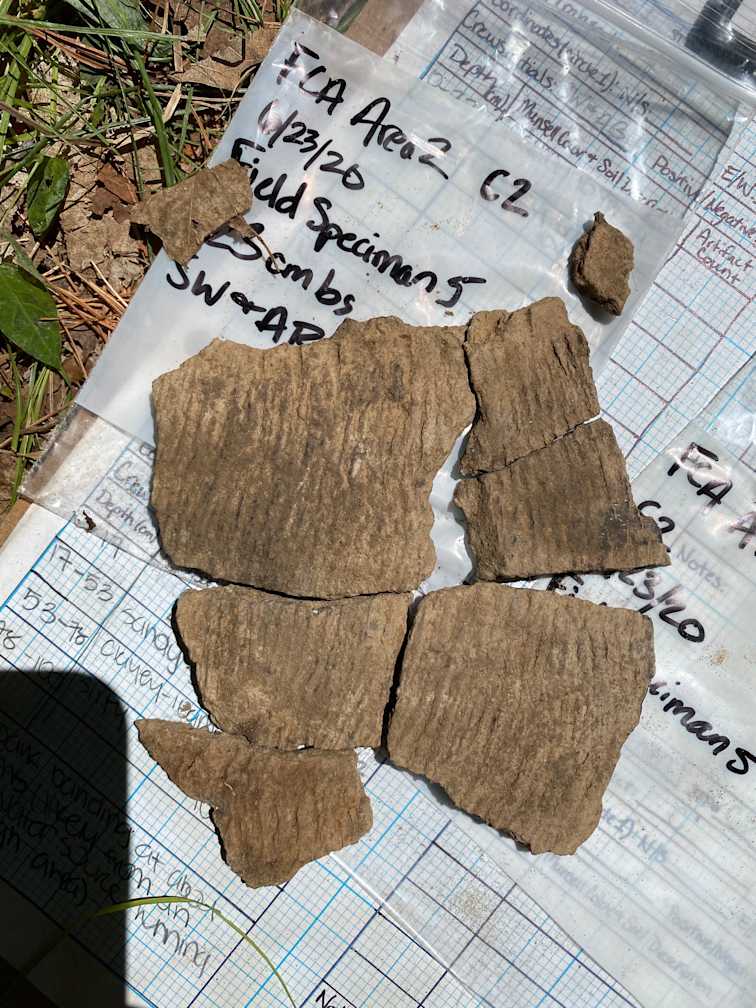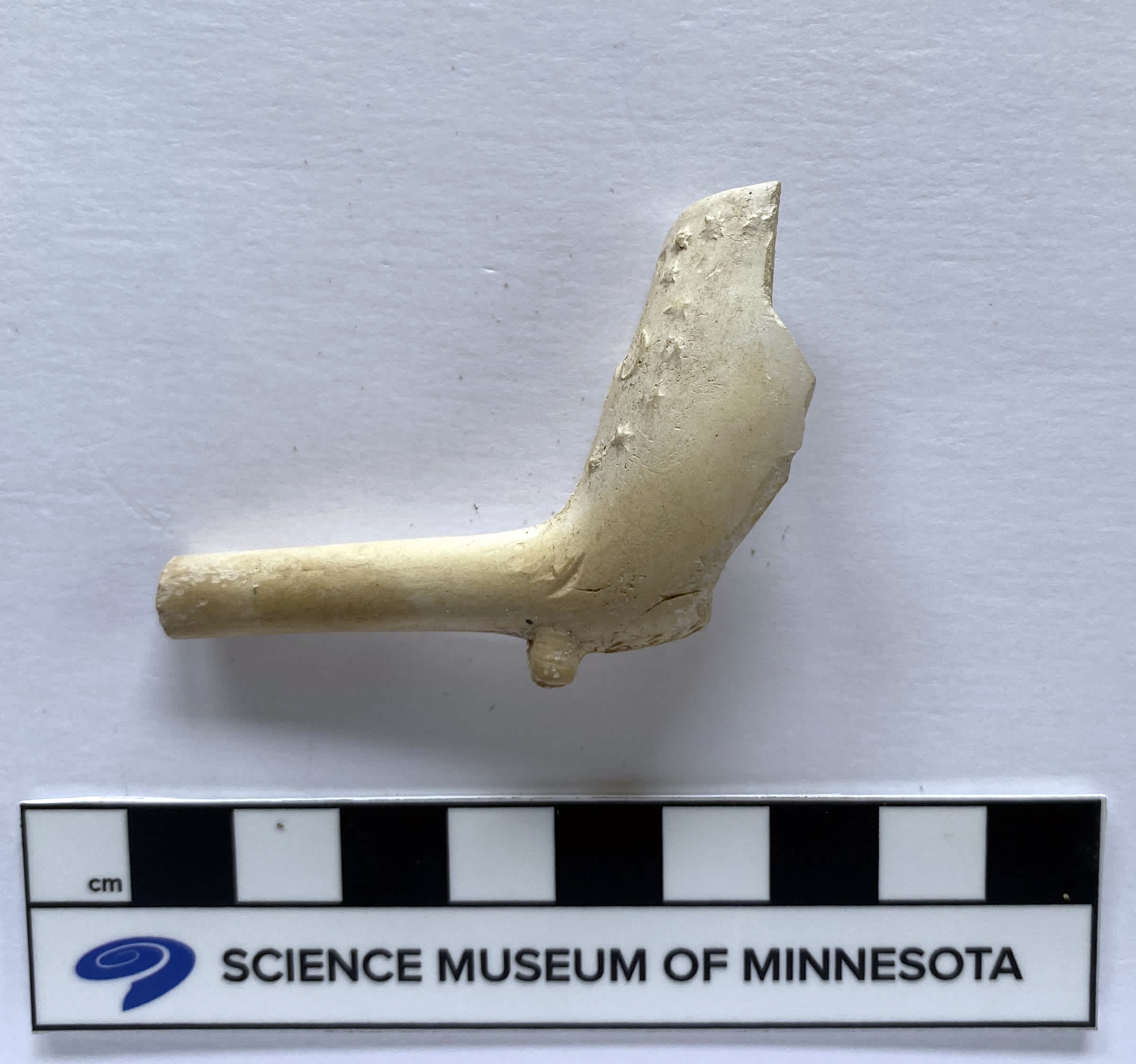
A successful summer for Science Museum archaeology
To get a job in their field, most archaeology students must complete a "field school." These outside-the-classroom classes give students a chance to experience the (literally) dirty work of archaeology. They survey, plot, sketch, dig, and record results at archaeological sites to further real research. Every summer, Science Museum of Minnesota archaeologist Dr. Ed Fleming and the University of Minnesota run a field school to help offer archaeology students this essential opportunity.
But Dr. Fleming's field school almost didn't happen this year. Archaeology can involve digging shoulder-to-shoulder with colleagues in carefully gridded pits—less than ideal working conditions in the midst of the COVID-19 pandemic.
To keep the project alive, Dr. Fleming developed safety protocols based on guidelines from the CDC and the Minnesota and Wisconsin Departments of Health and submitted them to the University of Minnesota for an exemption to the university's no in-person teaching mandate. With students wearing masks and gloves (in 95-degree heat), maintaining social distancing as they worked, and having sanitizing gear on hand, the field school was back on. The class ended in early July, and it was a resounding success.

The broad objectives of the work (aside from giving students an opportunity for field work) was to identify Native settlement patterns in the Lower St. Croix Valley—a region Dr. Fleming describes as "a fascinating 'gateway' route connecting the woodlands of the north to the prairies of the south for thousands of years”—and to continue to survey Science Museum of Minnesota properties, like the land surrounding the St. Croix Watershed Research Center. Part of the museum's ethical responsibilities is to be good stewards of the cultural resources on its own properties, but we can't protect and study these sites if we don't even know that they're there. So identifying new sites is one of the goals of the field school.
By carefully inspecting likely areas for surface evidence of occupation and by digging shovel test pits for artifacts hidden underground (shovel test pits are small square holes dug at regular intervals), the field school found seven new sites this summer. The sites are located at Pine Needles (north of Marine on St. Croix in Minnesota) and at the Fred C. Andersen Scout Camp in Wisconsin (across the river from Stillwater, MN). Five of the sites are open air, "likely campsites or habitations," and two are rockshelter sites (a rockshelter is like a shallow overhang at the base of a cliff or bluff). The dates the sites were likely used reflect the long human history of the St. Croix region; the sites were occupied on and off from between 5,000 and 7,000 years ago all the way to the 1800s.
To see if the newly identified sites contained intact cultural features (like hearths, storage or refuse pits, structure floors, etc.), Dr. Fleming had the class open up several excavation blocks, including the one pictured below.

Students recovered portions of what is probably a restorable ceramic vessel made between 500 and 1200CE (the first photo below), stone tools (like the projectile point in the second photo) as well as debris from making these tools, traces of ancient animal bone and charcoal, and part of a white kaolin clay pipe from the mid 1800s (shown in the third photo).



There's still plenty of work to be done cleaning, preserving, and analyzing the recovered material, but this summer's work has opened up new questions and possibilities for future work and future field schools in the St. Croix Valley!
For more info on the sites, the students, and their finds, check out this article on St. Croix 360!